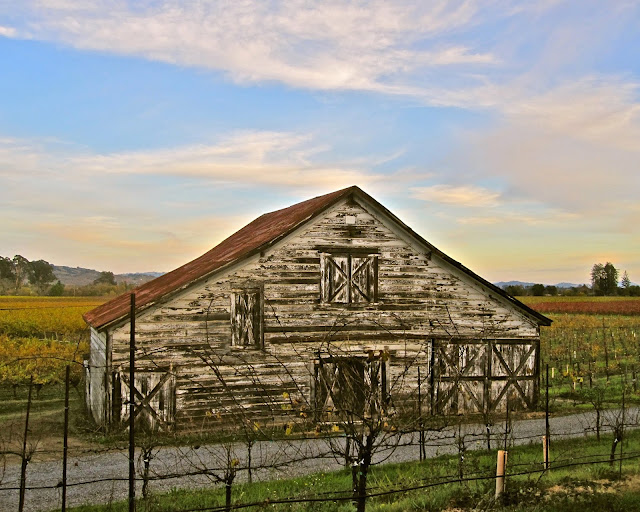Organic Wine Match of the Day: Tandem Porter-Bass Chardonnay
 Chard, schmard… if you think all California Chardonnays taste like Kendall-Jackson’s, you’re missing out on many of the world’s greatest wines, my friend. There’s a reason why, for instance, those French judges rated Chateau Montelena’s Chardonnay better than the finest of France way back in 1976, re the in/famous Judgement of Paris (recently part-fictionalized in the film, Bottle Shock): simply put, the Chardonnay grape excels in Californian terroirs.
Chard, schmard… if you think all California Chardonnays taste like Kendall-Jackson’s, you’re missing out on many of the world’s greatest wines, my friend. There’s a reason why, for instance, those French judges rated Chateau Montelena’s Chardonnay better than the finest of France way back in 1976, re the in/famous Judgement of Paris (recently part-fictionalized in the film, Bottle Shock): simply put, the Chardonnay grape excels in Californian terroirs.California vintners have advanced viticultural and oenological light years since 1976. They’ve gone so far, so fast, in fact, that the best of them today are back to where the grape started: with more authentic clones, more sustainable vineyards in cooler climates, and barrel fermenting as naturally as possible in ways pretty much like what’s been done in France for centuries.
Winemakers like Greg La Follette of Tandem Winery are highly regarded among other California winemakers precisely because he takes so many “natural” risks: starting with pristinely grown fruit, and doing as little to it as possible to extract levels of viscosity, muscle, and terroir related minerality many connoisseurs thought possible only in Burgundy where the grape originated.
 Behold, the 2005 Tandem Porter-Bass Chardonnay from a mature site (planted over 100 years ago) in the coldest, far western section California’s Russian River Valley, meticulously tilled by both organic and biodynamic standards to yield wines like this: unusually floral (like white ginger and citrus blossoms) fragrances mingling with aromas of wet stones, crème brûlée, honeyed almonds and baking brioche; the creamy, mineral and citrus flavors riding on a tart edged, silken body that is neither light nor heavy, but dense, steely, sinewy in texture.
Behold, the 2005 Tandem Porter-Bass Chardonnay from a mature site (planted over 100 years ago) in the coldest, far western section California’s Russian River Valley, meticulously tilled by both organic and biodynamic standards to yield wines like this: unusually floral (like white ginger and citrus blossoms) fragrances mingling with aromas of wet stones, crème brûlée, honeyed almonds and baking brioche; the creamy, mineral and citrus flavors riding on a tart edged, silken body that is neither light nor heavy, but dense, steely, sinewy in texture.In other words, absolutely nothing resembling the soft, fluffy, weighty style of wine associated with 99% of other California Chardonnays. Okay, Tandem Chardonnays are rare and pricey ($35-$40), but it gives me an excuse to talk about how Chardonnays like this (producers such as Littorai, Au Bon Climat, Keller and DuhNah make similar Burgundian style wines) match food like nobody’s business. In French sommelier might recommend sweetbreads or chicken like Bocuse’s poulet de bresse or à l’estragon (Julia Child has the best recipe for the latter, the whole chicken rubbed inside and out with butter and stuffed with tarragon), but what about us American philistines?
The idea behind sweetbreads or roasted chicken is to give an oaky, full alcohol Chardonnay a white meat fatty or oily enough to grip. Herbs like tarragon and dill amplify the sweet, creamy notes of well oaked Chardonnays, and sage helps define both fruit and stony qualities of the grape itself. But the one recipe I’ve always found to work best with more crisply acidic Chardonnays from both France and California is Marcella Hazan’s classic Roasted Chicken with Lemon – simple, satisfying!






Comments